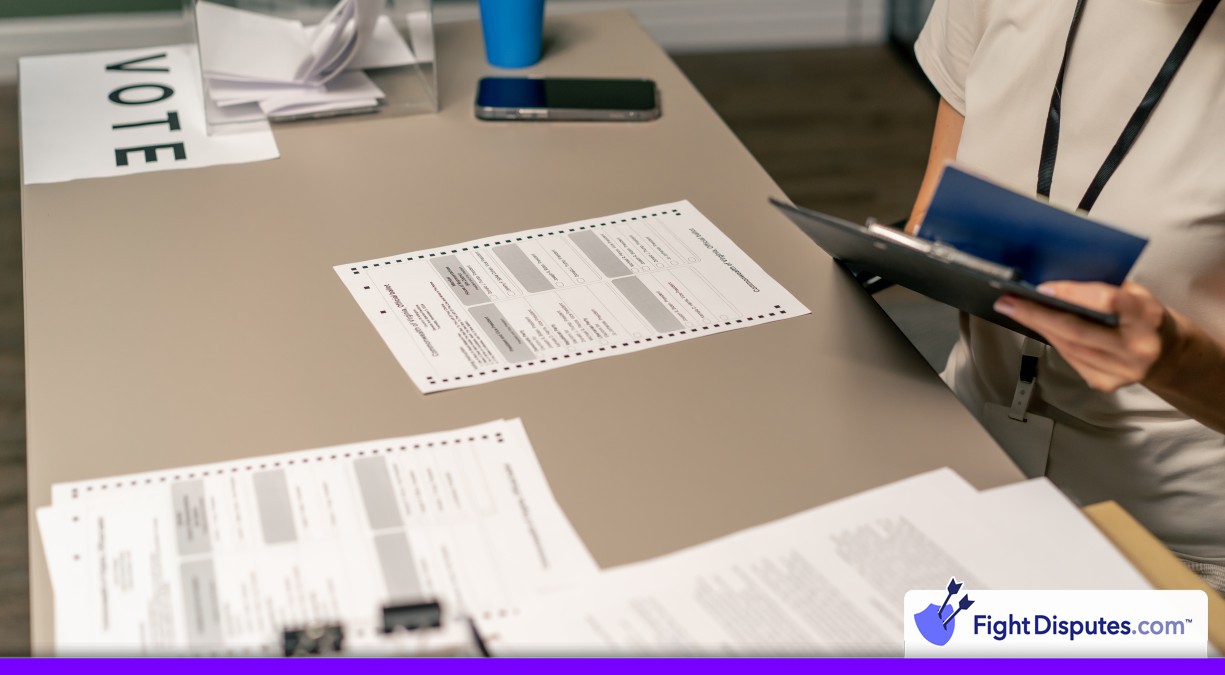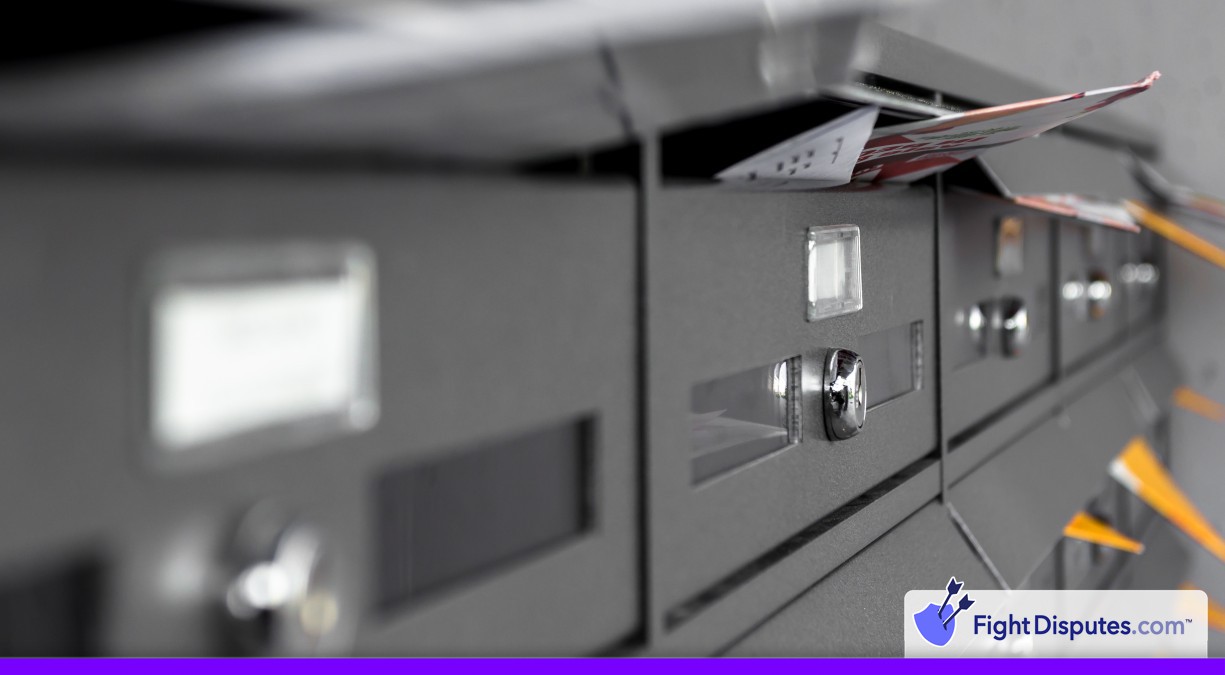What is Compelling Evidence for a Chargeback?
Compelling evidence is the documentation and proof that merchants have to pull together when they’re disputing fraudulent chargebacks. Merchants have to work faster to compile evidence that can show the transaction was completely legitimate and authorized when a customer contacts their bank and disputes a charge on their statement. This evidence package then stands as their primary line of defense for protecting revenue from what can turn into some pretty expensive chargeback losses.
In a common scenario, a customer claims that they never received their order and insists that they didn’t authorize the purchase in the first place. Without documentation, merchants are almost sure to lose that dispute and lose the money from their account. A delivery confirmation that shows their signature or email conversations where they confirmed the order details actually gives merchants a fair shot to win the case.
Effective evidence usually changes from case to case. Delivery confirmations are great for physical products that get shipped to customers. Customer service emails become helpful if a customer says that they never contacted the merchant about a problem. Transaction records combined with IP address information can show that the rightful cardholder was the one who made that purchase. Once all these different pieces come together and they each help explain just what happened with that particular order.
Evidence quality is all about how well it matches up with whatever the customer is actually complaining about in the first place. A basic tracking number alone probably won’t be enough if the buyer claims that their package arrived completely empty. Photos of the packed item along with weight verification from the carrier combined with that tracking data can become more convincing. Merchants should think ahead about what the bank wants to see and give them documents that directly address whatever anxiety they have about the transaction.
How It Works
You want to check that reason code first when a chargeback shows up in your inbox because each code tells you what evidence the card network wants to see from you. Fraud disputes need completely different proof than product quality complaints and these codes show up on your chargeback notification paperwork.
Once you’ve figured out which type of dispute you have on your hands, it gets way easier to gather the right documents. Fraud disputes need evidence like delivery confirmation records and IP address logs to prove that the transaction actually happened. Quality disputes work differently – they need product photos and your return policy to show that everything was handled properly. Every reason code comes with a list of the evidence that works best for your response.
Visa and Mastercard want different formatting which will make life a bit tough for merchants:
- Visa likes PDF files that stay under 10 MB and pays attention to how you name the files.
- Mastercard does something completely different – they want separate documents instead of one big file you cram everything into.
Most payment processors will give you a guide that explains these guidelines and saves you plenty of issues.
Most successful merchants create evidence folders and have templates ready. They update them when orders ship so when a chargeback shows up there’s no need to scramble around and look for old emails or shipping receipts. Everything is already sitting there organized and ready.
Chargebacks always go through your payment processor’s portal – that’s where you’ll submit all your evidence and documents. Every processor has its own system and their own procedures. They all want the same basic information to help you fight that chargeback.
How it Affects Chargeback Prevention
Merchants who actually take the time to put together compelling evidence packages for their chargebacks almost always see much better results in their disputes. Win rates can jump anywhere from 20 to 40 percent higher compared to the merchants who just throw together basic replies and hope for the best. That’s a pretty big difference for any business – we’re talking about keeping thousands or even millions in revenue that would otherwise just disappear completely.
Your bottom line over time sees real impact from this. Every chargeback you successfully fight is money that gets to stay in your account where it belongs. Benefits extend well past winning single cases though. Customers who see you actually fight back with solid documentation will do a double take before filing another dispute down the road.
Power comes from building evidence collection right into your day-to-day operations. You already have everything organized and ready to go when a dispute shows up in your inbox, rather than rushing around to find proof – this defensive setup ends up being part of how you run your business. You put together delivery confirmations without even thinking about it. You save the customer service conversations. You keep records of every transaction and piece that might matter later.
Some merchants actually see their total chargeback rates drop after they start winning more disputes. Customers who try friendly fraud learn pretty fast that it won’t work against businesses that keep detailed records. On top of that, legitimate customers like that you can resolve any confusion much faster with the documentation ready to go. Everything works much better once evidence collection turns into a normal habit instead of something you deal with frantically after the fact.
Example Scenarios
Combining that tracking data with the customer’s buying history actually makes it work – this customer has already placed five orders and never had any problems. Their IP address matches every previous transaction and shows a pattern that makes your dispute case much stronger. At that point, it’s pretty tough for them to claim they’ve never heard of your company after they’ve been a steady customer for months.
A subscription service faces the same challenge. A cardholder disputes a charge as unauthorized. You might panic. You have their usage logs showing that they logged in twelve times that month. Their IP address stayed stable across all sessions. You even have records of them updating their profile settings just two weeks before the disputed charge happened. Their claims tell a very different story from what the evidence shows.
To win chargeback disputes, stack multiple pieces of evidence instead of relying on one document or screenshot to save you. Savvy merchants combine their delivery confirmation with their order history and customer communication records which gives you a much better shot at winning. It works for online services and downloadable products too. Usage logs carry more weight when you back them up with login records and other account activity data.
Evidence works like building blocks. One document on its own won’t hold up if the other side pushes back. Add tracking data, order history and customer emails, and now it’s harder for them to dispute and gives you an actual edge.
Requirements and Timeframes
Once you receive a chargeback notification, the clock starts ticking instantly. Most merchants only have about five to ten days to get their evidence together and submitted. That deadline can change quite a bit depending on which card network you’re working with. Miss that deadline and you’ll automatically lose the dispute – no exceptions.
Formatting laws can confuse you if you’re not paying attention. Everything has to be submitted in PDF format and you’ll always have file size limits. Some processors will limit you to just ten pages while others might allow nineteen pages. Check your processor’s exact specifications first and start putting your documents together.
Different chargeback reasons are going to call for completely different types of evidence. If a customer claims that they never got their product then you’ll need to show tracking data and delivery confirmation. If they insist that you billed them twice you’ll need transaction logs that show you only processed one payment. Authorization disputes need one exact set of documents while quality complaints need a completely different set of paperwork.
Three to seven compellingdocuments are usually going to work much better than twenty weak ones that don’t actually prove anything. Put your absolute best evidence first since reviewers make pretty quick decisions. Stick with what directly deals with the exact dispute reason instead of every document in your files.
Experienced merchants sort their evidence ahead of time which can make a difference. You can’t afford to rush to find delivery confirmations and customer emails when you only have about a week to get everything submitted.
Frequently Asked Questions
Can compelling evidence guarantee I'll win a chargeback dispute?
No. Even compellingevidence won't always save merchants from losing chargeback disputes. Banks get the final word on these cases and sometimes they'll side with cardholders regardless of the evidence that gets submitted. Chargebacks can be frustrating for businesses especially when they know they followed all the laws correctly. That's just how the system works and merchants can't do much to change it.
Merchants with compellingevidence usually win somewhere between 20 and 60 percent of their disputes. Win rates generally swing because some dispute types are easier to win than others and stronger evidence always helps your odds. A signed delivery receipt for a physical product dispute will work much better than a basic screenshot of terms and conditions for an online service cancellation.
Most merchants have no idea that banks are quietly keeping score every time you submit evidence for a chargeback dispute. Banks track your submission patterns and they watch how complete and professional your evidence looks each time you send it in. Delivering compellingevidence (even for the disputes that you lose) slowly makes the banks start to see your business as more credible and reliable. This reputation that you're building with them pays off because it gives you much better results on future disputes (this happens regardless of whether you win or lose some of the individual cases along the way).
Evidence submission takes time to show results - you probably won't see dramatic changes after just one submission. Stay steady with it and those small wins do add up over time. Some merchants get discouraged and give up after losing just a few disputes with decent evidence to work with. That's a big mistake because merchants who stick with it watch their win rates steadily improve over months and years.
Quality evidence is going to be your best weapon for winning chargeback disputes. Everything else pales in comparison to having strong and well-documented proof working in your favor. Keep your expectations grounded in reality and look at this whole process as something that takes time - you're not going to win each and every dispute that comes your way. You can still stack the odds in your favor over the long haul.
What's the difference between compelling evidence and supporting documentation?
Compelling evidence directly proves that your transaction was legitimate. This means evidence like delivery confirmations that include the customer's handwritten signature or message logs that plainly show that the customer got what they ordered down to the last detail.
Supporting documenttion can add helpful background with documents like your terms of service or refund policies. These documents alone can never prove that the transaction happened as claimed. Invoice copies fall into this supporting category. Signed delivery receipts count as compellingevidence too. Dispute replies that have both types almost always prove strongest. They use compellingevidence to form the core argument while supporting documents fill in the rest of the story.
Most merchants who face chargebacks assume they just don't have enough paperwork when they build their response cases and this assumption is wrong almost every time. Merchants don't know which pieces of evidence will be persuasive enough to flip the outcome of their dispute - that's the actual problem. Merchants make the same mistake over and over again - they focus way too much on having perfect documentation when they should focus on how to present the right pieces in the right way.
 Call (844) NO-DISPUTES
Call (844) NO-DISPUTES



